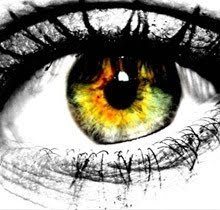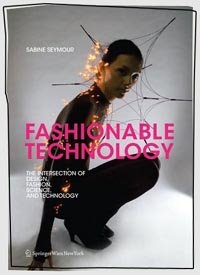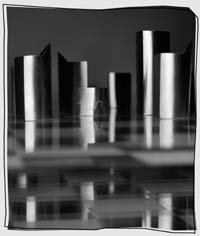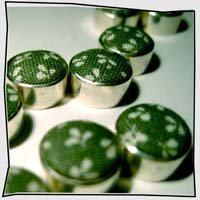
Nathan Cole: The Lamp of Sacrifice, 286 Places of Worship
Today's lecture was based on Research Methods & Methodologies: Wicked Problems and Sticky Toffee Pudding. The theory as far as I have grasped it is that Wicked Problems are problems which are messy, complicated and often need to wonder in and out of other subjects in order to create a hypothesis...nope, nothing to do with Wicked Witches...and the way in which these problems are visually explained is through the idea of putting your finger into a dish of Sticky Toffee Pudding. Obviously if you did that you'd get very messy and very sticky and generally get told off by someone for making a mess, but as you removed your finger you'd also drag a column of goo with you. At the base of this column is all the existing information and at the top there's a new plateux of information, but in the middle of the column (at its weakest point) is the area to begin your research because this is the area where a solution to a problem is needed...or at least that's what I think it means.
The way I've started to think about it however, is like urban sprawl following a concentric formation. You have a central nucleus of a city which sprawls out into new layers of industry and housing and each additional circle has either a primary, seconday or tertiary purpose. If you reverse the order so that you go from the outer less structured circle and work your way in through the various layers, then this is how I see research.

My idea, based on the Burgess model for urban sprawl is that gradually as you research you'll get tighter and tighters into the circle before you reach an answer (or at least a defining question), in other words:
GREEN = the broad subject & the existing
YELLOW = narrowing the field of study
OCHRE = questions form at several points
ORANGE = define your rationale
RED = discover new information
I am basing these zones on the process of academic research we have been introduced to over the past few lectures, and there is obviously over lapping and you can get lost in research the same way you get lost in streets. But it is a basic idea of how research defines itself by the methods it uses.
(Incidentally, the first image is of Nathan Cole's work 'The Lamp of Sacrifice, 286 Places of Worship' in which he documented all the churches around Edinburgh by making scale models in cardboard. It was exhibited in The Gallery of Modern Art in December 2006-May 2007 and filled two of the galleries exhibition spaces. I fell in love with it because although it's a really simple idea, it was beautifully executed and given I was speaking about Urban sprawl I though it was appropriate.)














No comments:
Post a Comment